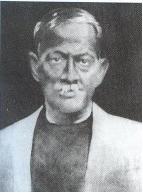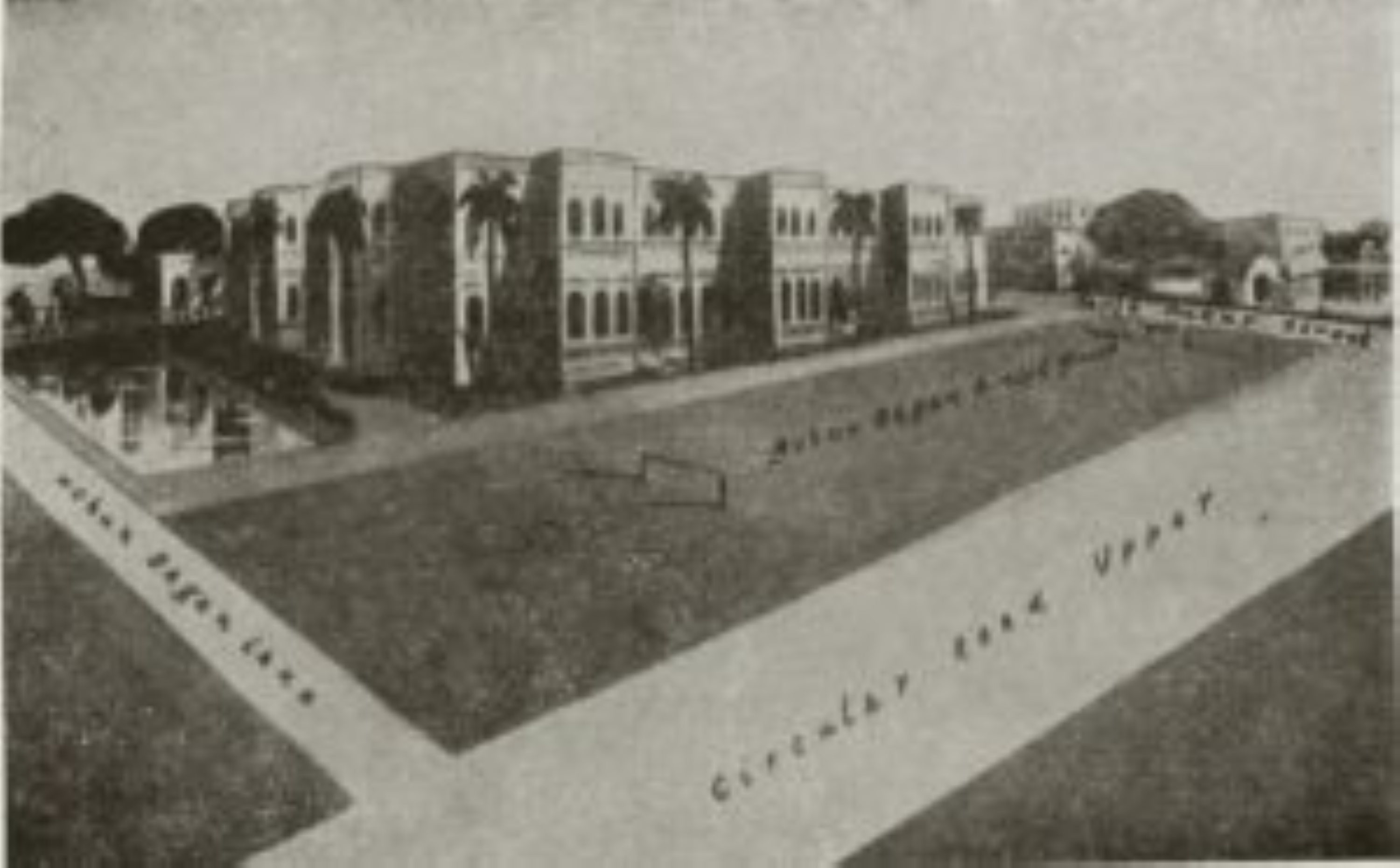Football Association got established in 1863, and football got formalised, popularity grew, so did the frequency of matches in the Indian Colony, and subsequently the local interest. In the early seventies even the then Governor General of India Robert Vansittart was an active participant of such games played in the Maidan area in Calcutta where he played for the Etonians, which was started by the alumni of the Eton College who had moved to India.
8 year old Nagendra Prasad Sarbadhikari, with his charming persona helped develop a keen interest in the game among his classmates, and with the teachings and encouragement of a British Presidency College Professor GA Stack, Nagendra established the Boy’s Club in 1880 when he was 11.
Physical sports were not encouraged in the then upper class Bengali society, rather were frowned upon and associated with hooliganism. That changed significantly due to the influence of Swami Vivekananda who repeatedly stressed on the importance of active sport and is said to have even watched and praised Nagendra Prasad playing football.
Nagendra Prasad established a multitude of clubs in Kolkata and one even in the adjoining district of Howrah. The Wellington Club was established in 1884 from the merger of Boys, Friends and Presidency Club, all established by Nagendra. Three years later, he married into the elite Sovabazar family, where the Sovabazar Club was founded in 1885 by Prince Jitendra Krishna Deb.
Dukhiram’s club Student’s Union played out of a ground alongside a Villa which belonged to a prominent jute trader Kirti Chandra Mitra in Shyambazar in northern Calcutta. The land at 1 Phariapukur Street was a garden which originally belonged to Raja Gopi Mohun Deb. The name of that garden: Mohun Bagan (Bagan meaning Garden in Bangla).
Raja Gopi Mohun was the eldest son of Raja Naba Krishna Deb of Sovabazar. Gopi Mohun’s descendents later sold that piece of land to Kirti Chandra Mitra, who then appointed Bengal’s first Civil Engineer and architect, Nilmoni Mitra to build a humongous villa on that plot out of white marble.
The name of the villa thus became Mohun Bagan Villa. Kirti Chandra didn’t live long after the establishment of the mansion property spreading over 13 bighas and it got passed on to his son Priya Nath Mitra. The word Mohun (Mohana) meaning charming or enchanting, and Bagan meaning Garden. It was this enchanting garden where mostly local school boys and few college students spent their evenings enjoying a game of football.
In 1884, there arose a disagreement between Dukhiram and others at the Villa on the usage of boots for playing football. Dukhiram favoured the use of boots, which he considered necessary to compete with the British, but it wasn’t accepted by the Villa, thus he left and rechristened Student’s Union as Aryans FC, and based it out of Maharaja Durga Charan Laha’s Telipara Field in Shyampukur close by.
Another section of Mohun Bagan Villa players left to form the Bagbazar Club in Shyam Square with the support of the Sen family in Bagbazar. The remainder players who stayed at the Villa were not part of any club and could not compete against the Aryans and the Bagbazar Club players, but that soon changed when three notable families, the Bose, Mitra and Sen families stepped forward to back these boys.
On the eve of August 15, 1889. Members of the three aristocratic families sat down at the Bose’s residence. After deliberate discussions spanning a few hours, the decision to form the club was made. The head of the Bose family, Bhupendra Nath Bose became the first President of this institution named ‘Mohun Bagan Sporting Club’.


